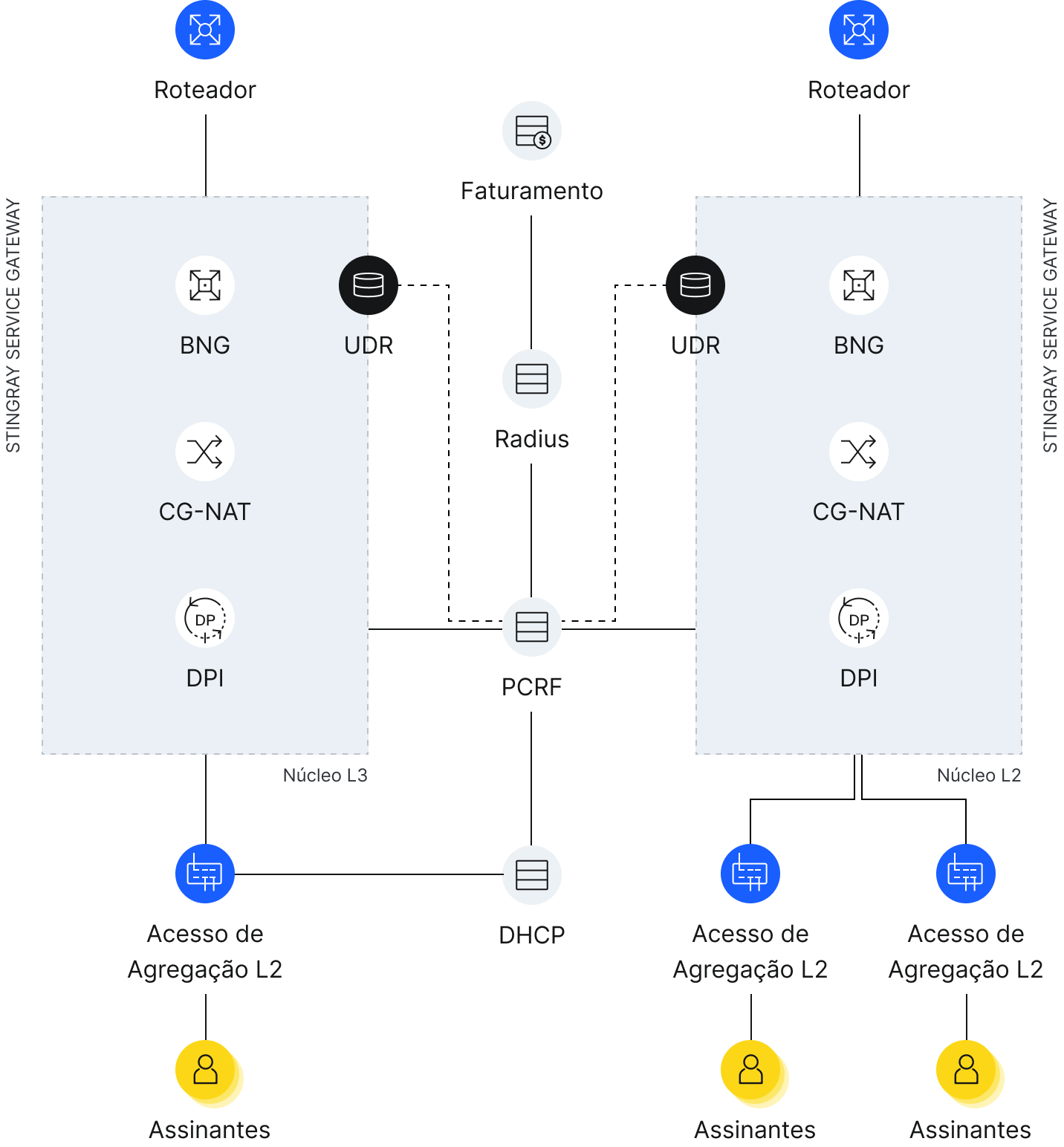-
-
Cloud Computing
-
Multicloud
-
Platform Services
Cloud ComputingFlexibly scalable IT infrastructure powered by ITGLOBAL.COM and hyperscaler clouds.
MulticloudEnvironment of maximum flexibility provides broad opportunities to use the cloud constructs of different origins.
Platform ServicesSolutions for any business needs and flexible workload management.
-
-
-
Managed Clouds
-
IT Management Services
-
Managed DevOps
-
Managed Kubernetes
-
Managed Databases
-
Managed Networks
Managed CloudsFlexible, powerful, and secure solutions powered by hyperscalers and managed by ITGLOBAL.COM.
IT Management ServicesWe provide clients with 24/7/365 IT management service, which includes monitoring, support, maintenance and management.
Managed DevOpsManaged CI/CD, Docker and Kubernetes.
Managed KubernetesKubernetes clusters we help to build and implement.
Managed DatabasesDatabases we create, setup and manage.
Managed NetworksNetwork infrastructure management and monitoring.
-
-
-
Virtualization Solutions
-
Technology partners
-
Telecom Solutions
Virtualization SolutionsSolutions for efficient use of infrastructure resources.
Technology partnersITGLOBAL.COM carefully chooses the most promising technology partners and assists companies in integrating their solutions.
Telecom SolutionsPackage solutions for telecom: traffic inspection and packet filtering
-
- Solutions
- Telecom Solutions
- Stingray BNG/BRAS
- Solutions
- Telecom Solutions
- Stingray BNG/BRAS
Stingray BNG/BRAS
Designed for internet service providers to manage data plans and control how users access the web
About
BNG (Broadband network gateway) or BRAS (Broadband remote access server) is one of the key components of Stingray Service Gateway. It ensures flexible control over user sessions, management of data plans by customer, and introduction of advanced options.
Solution Architecture

Advantages of Stingray BNG over traditional BNG server gateways
- The combination of Layer-2 (PPPoE, DHCP) and Layer-3 modes (IPoE)
- Implementing traffic termination (PPPoE, Q-in-Q, VLAN)
- Multi-user support (one Login is multiple IP)
- Dual Stack IPv4/IPv6 support
- White list support based on hostname or URL, including *.domain mask
- Increasing the speed of local resources or peer-to-peer networks regardless of the speed of the tariff plan
- Prioritization Video, Online games, Web traffic
- Traffic coloring (VLAN, IP, MPLS) and work with already colored traffic
- Mini-Firewall
- BGP and OSPF routing support
- Proxying requests between BNG and Radius server thru PCRF server
- Synchronize multiple BNG operations and provide redundancy
Stingray BNG operating modes

| Operating Mode | Description | Option |
|---|---|---|
| SSH-managed BNG Layer-3 IPoE | IP and tariff plans preloading. In case of dynamic IP distribution a Radius monitor or complete implementation of Radius is needed | |
| Radius-managed BNG Layer-3 IPoE | Authorization via Radius-server for the subscribers who already have an IP | Supporting VLAN/Q-in-Q tags |
| BNG Layer-2 DHCP Relay agent | Subscriber authorization via MAC-address at Radius-server. A DHCP-server is used for IP distribution | ARP proxy, ARP authorization, supporting VLAN/Q-in-Q tags |
| BNG Layer-2 DHCP Radius Proxy | Subscriber authorization via MAC-address at Radius-server. Instead of DHCP-server a Radius-server is used. DHCP is replaced by combining FastDPI + FastPCRF | Option 82 in the DHCP request, ARP proxy, ARP authorization, supporting VLAN/Q-in-Q tags |
| BNG Layer-2 PPPoE | PAP, CHAP, MS-CHAPv2, MAC-address authorization protocols are supported | Supporting VLAN/Q-in-Q tags |
The Software Solution doesn’t depend on a particular server hardware supplier and can be flexibly adapted to business requirements.
